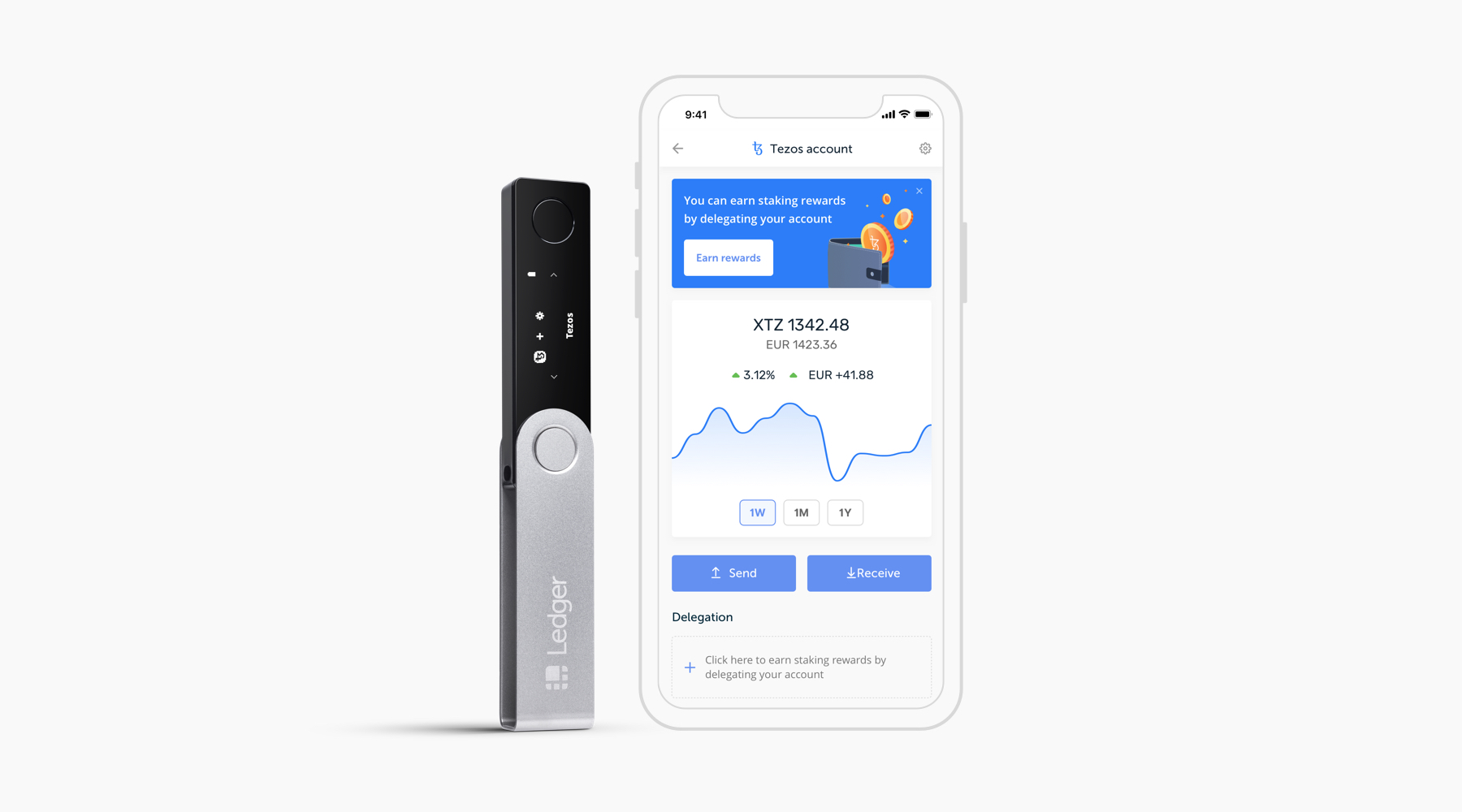2020-5-4 19:36 |
Ledger hardware wallets have long been a preferred choice for those looking to secure their crypto assets. And for institutional investors, Ledger Vault now offers enhanced security and a robust governance framework. As exchange hacks persist, amongst a myriad of vulnerabilities, it’s apparent that both consumer and institutional investors are seeking to better protect their funds. In 2019, the crypto hardware market hit an estimated value of $164 million. If segment growth keeps pace with the broader ecosystem, forecasts suggest the hardware market will reach a value of $708 million by 2025.
However, a lack of interoperability, privacy, and speed on legacy blockchain networks has made widespread adoption cumbersome. For Ledger, joining the Liquid Network is about integrating core competencies and efficient infrastructure to improve the user experience. As Nicolas Bacca, our Co-Founder and Chief Innovation Officer at Ledger puts it, “We wanted to join the Liquid Network because we believe it’s a way to trade Bitcoin in a more efficient and decentralized manner right now.”
Taking a collaborative approach to decentralisation, the Liquid Network represents the next generation of distributed infrastructure.
What is the Liquid Network?The Liquid Network is a Bitcoin sidechain which provides asset issuance, fast settlement times, and transaction confidentiality. Liquid is operated by a federation of members, which include exchanges, trading desks, and other cryptocurrency companies. Members collectively manage the network and guide its development.
Bitcoin on the Liquid Network are verifiably backed 1:1 by bitcoin on the Bitcoin mainchain. This dynamic ensures that the price of bitcoin on the Liquid Network reflects the price of bitcoin originated on the main chain. Because this relationship is cryptographically verified, Liquid bitcoin (L-BTC) cannot be fraudulently generated, further securing each transaction. Once a user has transferred bitcoin to Liquid, they can take advantage of the network’s speed and confidentiality features when making transactions – all while maintaining peace of mind.
Ledger and Liquid: Building BridgesBy combining the built-in security of Ledger hardware wallets and the agile nature of Liquid, network participants achieve a balance of convenience and security. Using Crypto Garage infrastructure, we at Ledger are helping broaden the ecosystem and building bridges between previously incompatible platforms. In doing so, unique cryptofinance solutions have begun to emerge, further driving market maturity.
“We want to provide security architecture for Liquid – for end-users and traders through our hardware wallet products, and for institutions through the Vault at a later time,” Bacca said. “We’re able to easily customize the product for specific use cases and new services, as we did for Crypto Garage multi-signature HSM.”
Ledger and Non-Custodial SETTLENETBut establishing these integrations requires technical prowess and a deep understanding of crypto asset pain points. With plenty of both, Crypto Garage continues to roll out innovative network architecture with an aim to reduce transactional friction. The company’s latest app, SETTLENET, is designed to fully integrate crypto asset transactions. And companies like Ledger are well-positioned to leverage the power of this technology.
“Thanks to Ledger’s hardware wallet integration with the Liquid Network and our SETTLENET app, the user has a choice to use a tested and proven wallet to securely sign a SETTLENET transaction with ease and the ability to manage Liquid assets,” explains Justin Dhingra, Chief Cryptofinance Officer at Crypto Garage.
Dhingra elaborates, “SETTLENET takes the existing functions in the Liquid network, such as atomic swap, issuing assets, multi-sig transactions and confidential transactions, and wraps them together for an off the shelf product. With SETTLENET, users can trade the listed assets on the Liquid Network without the worry of settlement counterparty risk. With the launch of SETTLENET, we would like more users to trade on the existing assets on the Liquid Network and encourage more asset issuance on the Liquid Network.”
SETTLENET is expected to launch in June.
Ledger’s Future in CryptofinanceLooking to the future, we have already begun to explore further integrations using Blockstream infrastructure, expanding on the potential of the Liquid network.
In discussing Ledger’s next move, Bacca explains, “The first service we’ll launch is Liquid support on the Nano S for Blockstream Green. We’ll then be exploring the integration of our hardware wallet into third party decentralized trading products on Liquid – our goal is to provide a decentralized and secure trading experience for Liquid Bitcoin and assets on top of Liquid.”
Liquid users with Android devices can now use Blockstream Green to send and receive a selection of major Liquid assets from their Ledger hardware wallet. Learn more about it here.
A Blockstream Green wallet associated with a hardware wallet creates a 2-of-2 multi-sig wallet where your hardware wallet holds one key, and the Blockstream Green service holds the second key. The second key serves to authorize transactions through Two-Factor Authentication.
In short, you get the best of both worlds – Blockstream Green’s multi-sig security, with private key storage provided by a hardware wallet.
The Evolution of CryptofinanceAs the realm of cryptofinance continues to evolve, we strive to be a forward-thinking team. In using next-generation decentralised technology, crypto asset transactions are becoming more secure, trustless, and confidential. By streamlining the integration of complementary platforms, users experience a truly decentralised experience with less transactional friction. In combination, these improvements facilitate the broadening of the crypto asset ecosystem and heighten its appeal – both crucial in keeping innovation alive.
origin »Quantum Resistant Ledger (QRL) на Currencies.ru
|
|


















